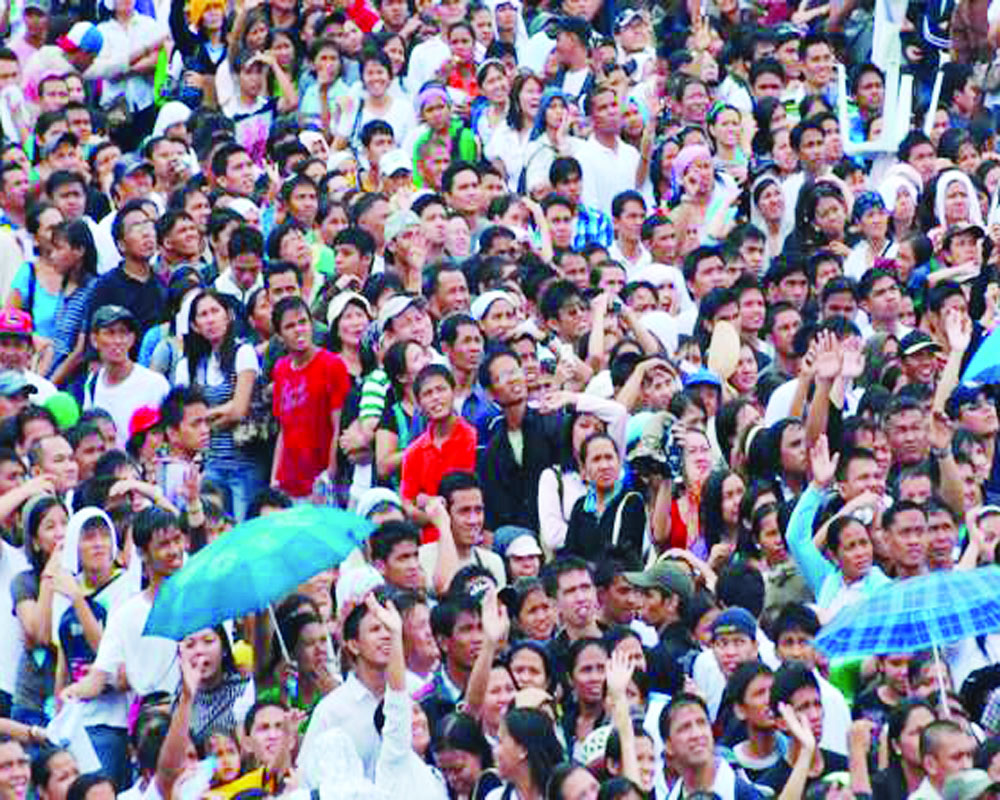Challenges of an ageing population are now real. Figures reveal it may be difficult to alter India’s demographic trend. While policy efforts to ensure income security must continue, the Government must create mechanisms that can help seniors improve their quality of life
So much has been said and written about India’s “demographic dividend†that we have collectively failed to take note of a looming ageing crisis and its potential consequences. As our largely “under 35†population ages, the strength of what has been touted as India’s “demographic dividend†would gradually turn into a disadvantage over the next two decades. According to a 2017 report by the United Nations Population Fund (UNFPA), around 12.5 per cent of India’s population will be 60 years and older by 2030; by 2050 this will increase to one-fifth of the population. With declining fertility, reduction in mortality and increasing survival at older ages, the shift in the age structure from young to old is expected to be enormous over the next few decades.
Unfortunately, there is a huge denial of the fact that we are witnessing a shift towards an ageing population. The lack of focus on this shift implies that we are completely unprepared to meet the situation with little emphasis on improving our elderly care structure, health structure or building a social support system to address this shift.
An inverted pyramid
In many parts of the world, declining fertility, coupled with an ageing crisis, has turned the population structure into an inverted pyramid. In Norway, Finland and Iceland, birth rates dropped to historic lows in 2017. “Norway needs more children! I don’t think I need to tell anyone how this is doneâ€, Norway’s Prime Minister was quoted as saying earlier this year in a cheeky yet desperate appeal that highlights the ageing problem in that country. In Japan, the population is expected to shrink 16 per cent by 2045 compared to 2015. China, which controlled its birth rates by imposing a one-child norm for decades, is also facing a similar crisis.
With one of the fastest-growing above 60 populations in the world, India will be sailing in the same boat in a few years from now. A top-heavy population structure implies that a large elderly population has to depend upon incomes generated by a dwindling younger workforce. With a huge paucity of caregivers expected to arise, it also implies the need for creating avenues of social and Government support for the elderly.
Planning for the demographic transition
At the policy level, India has shown recognition of the looming crisis. India’s National Policy on Older Persons (NPOP) was drafted way back in 1999, which envisaged state support to ensure financial and food security, health care, shelter and other needs of older persons. The landmark Maintenance and Welfare of Parents and Senior Citizens Bill, 2007, sought to make it a legal obligation for children and heirs to provide maintenance to senior citizens.
Unfortunately, there is little preparation visible on the ground. Our healthcare system is grossly unprepared. With an increasingly ageing population, there will not just be a rise in physical ailments but also an increase in the incidence of mental and neurological conditions such as depression, dementia and Alzheimer among other things. This will require a significant institutional as well as societal preparedness. Most hospitals our country do not even have dedicated geriatric wards while preparedness in terms of nursing staff to care for the elderly is also highly inadequate.
In terms of preventive healthcare, we as a society are not even focussing on measures to start educating the people to prepare for older age by adopting healthy lifestyles and good dietary habits that will keep them healthier and fitter for a longer period of time.
Ensuring dignity and comfort for the elderly
According to estimates by the UNFPA report, only about one-third of the older men and women in India receive income from employers or social pensions. A study published in BMC Geriatrics journal found that about 17.93 per cent of the elderly men and 26.21 per cent of elderly women experience some form of disability in three activities of daily living needed for a better quality of life. In India, it is normative for families to take care of the needs of older people. However, we are increasingly witnessing the phenomenon of elderly parents living alone as children have to move out, sometimes abroad to pursue their own lives.
Institutional preparedness is needed to address these issues if we want our young citizens of today to lead dignified and comfortable lives tomorrow. Apart from developing schemes to ensure income security for the elderly and building an ecosystem of caregivers, we also need to create mechanisms that can improve quality of life. The Government must not only launch its own preparatory mechanisms but also encourage start ups to create technologically-powered solutions for the elderly.
(The writer is director and creative strategist of an advertising and consulting agency)


























